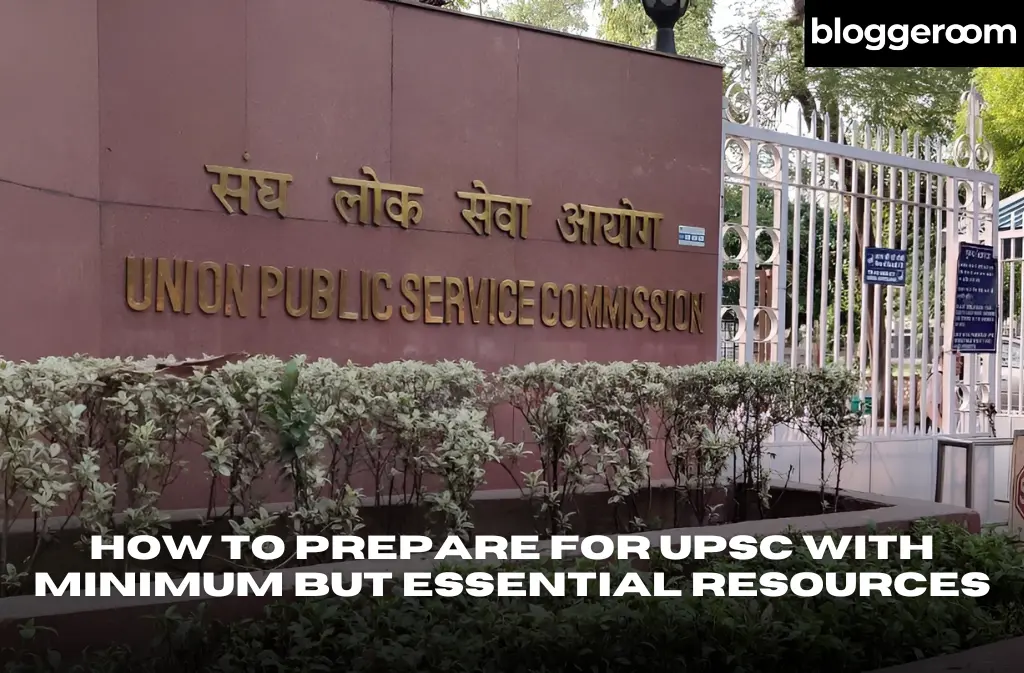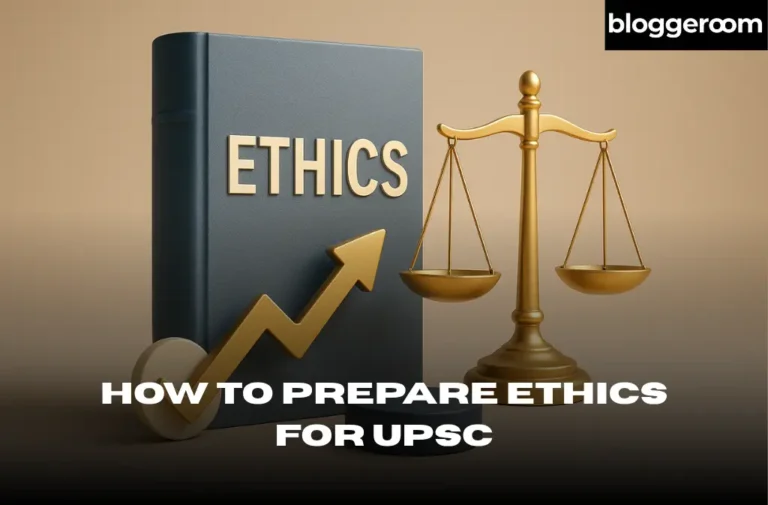How to Prepare for UPSC with Minimum but Essential Resources
Clearing the Union Public Service Commission (UPSC) Civil Services Examination is a dream for thousands of aspirants every year. Yet only a small percentage make it through, not always because of lack of talent but because of the way they prepare. A common mistake is trying to read everything under the sun – dozens of books, multiple coaching materials, and countless PDFs – and ending up confused. The smarter approach is to identify a handful of reliable resources and master them through repeated revisions. This article explains exactly which resources are indispensable and how to use them wisely so that your study becomes focused, effective, and less overwhelming.
1. First Understand the Exam Itself
Before you pick a single book, spend some time with the syllabus and exam pattern. The UPSC CSE has three stages:
- Prelims (Objective: GS Paper I + CSAT Paper II)
- Mains (Descriptive: 4 GS papers, 1 Essay, Optional subject, Language papers)
- Interview / Personality Test
Go through the official syllabus line by line. Notice directive words like ‘discuss’ or ‘critically analyse’. These clues show you how to frame answers. When you know the syllabus deeply, you automatically filter out unnecessary study material.
2. Mandatory, High-Impact Resources
Here’s a curated list most toppers stick to. It covers the essentials without overloading you:
| Subject | Core Resource(s) | How to Use |
| Polity | Indian Polity – M. Laxmikanth | Read slowly first time, then revise 3-4 times |
| History | Spectrum Modern India + Old NCERTs (6-12) | Make notes, connect events chronologically |
| Geography / Environment | GC Leong + Class 11-12 NCERT + Atlas | Draw maps, relate to current news |
| Economy | Indian Economy – Ramesh Singh or Sanjeev Verma | Focus on concepts, then current data |
| Ethics | Lexicon for Ethics or one coaching booklet | Practice case studies |
| Current Affairs | One national newspaper (The Hindu / Indian Express) + a monthly magazine | Link news to static syllabus |
| PYQs | Past 10 years UPSC papers | Solve, analyse trends, revise weak areas |
You don’t need five different books for the same subject. One good source, revised repeatedly, outperforms multiple unfinished ones.
3. Why “Less but Better” Works
- Clarity and consistency: Different books often present slightly different facts. One dependable source keeps your understanding consistent.
- Memory retention: Revising the same material multiple times locks information into long-term memory.
- Time efficiency: UPSC syllabus is vast. Depth beats breadth when time is limited.
- Answer writing quality: Deep understanding helps you frame richer answers with examples.
Think of it as building a strong foundation rather than stacking bricks without cement.
4. Organising Study & Revision
- Break the syllabus into weekly chunks and track progress.
- After finishing a topic, schedule revision cycles (weekly, monthly, before exam).
- Prepare crisp notes or flashcards for fast review.
- Practice at least one or two mains-style answers per week using directive words.
- Analyse PYQs – many questions are repeats or variations of older themes.
5. Key Takeaways
- Start with the syllabus and exam pattern; let it guide your reading list.
- Pick one core book per subject and stick to it.
- Revise more, collect less – mastery beats variety.
- Practice answer writing and analyse previous years’ papers regularly.
- Stay disciplined: avoid hopping between new resources unless absolutely necessary.
Conclusion
UPSC is not a test of how many books you own but how well you understand and apply a selected few. By focusing on a minimal yet powerful set of resources and revising them multiple times, you reduce confusion, improve recall, and write better answers – all of which dramatically increase your chances of success.







